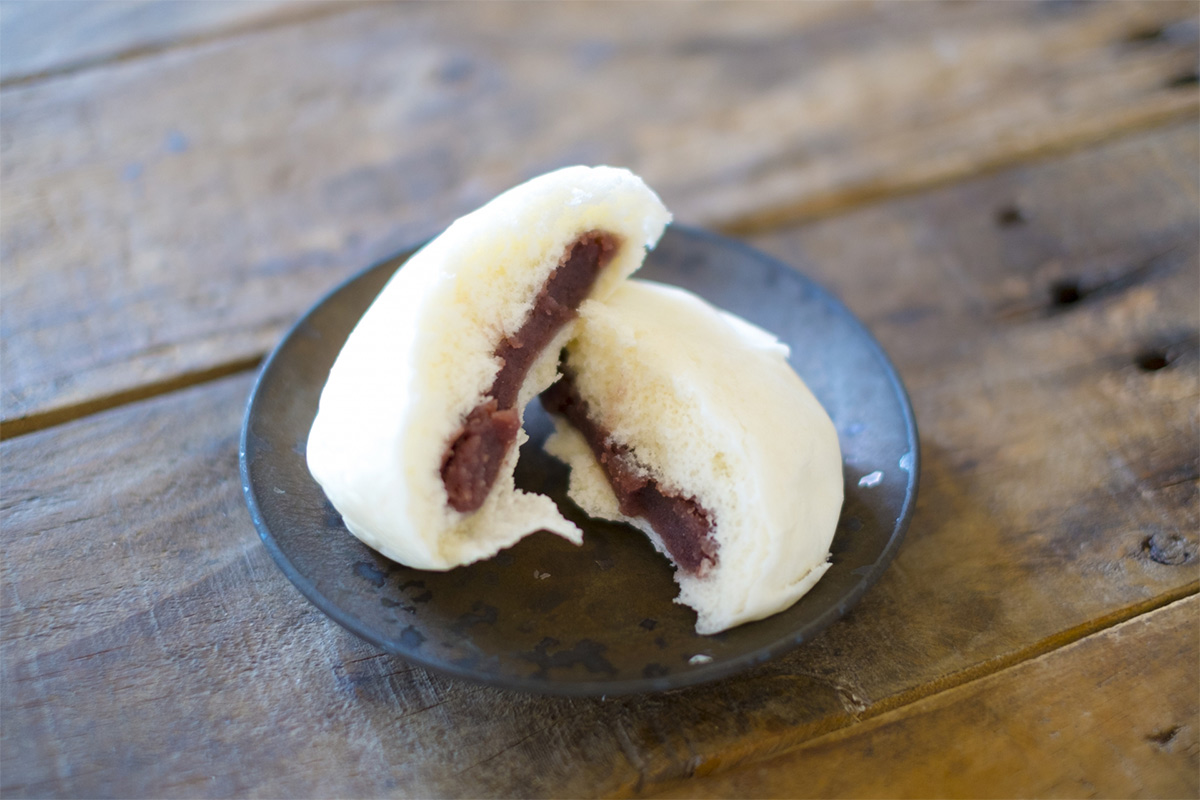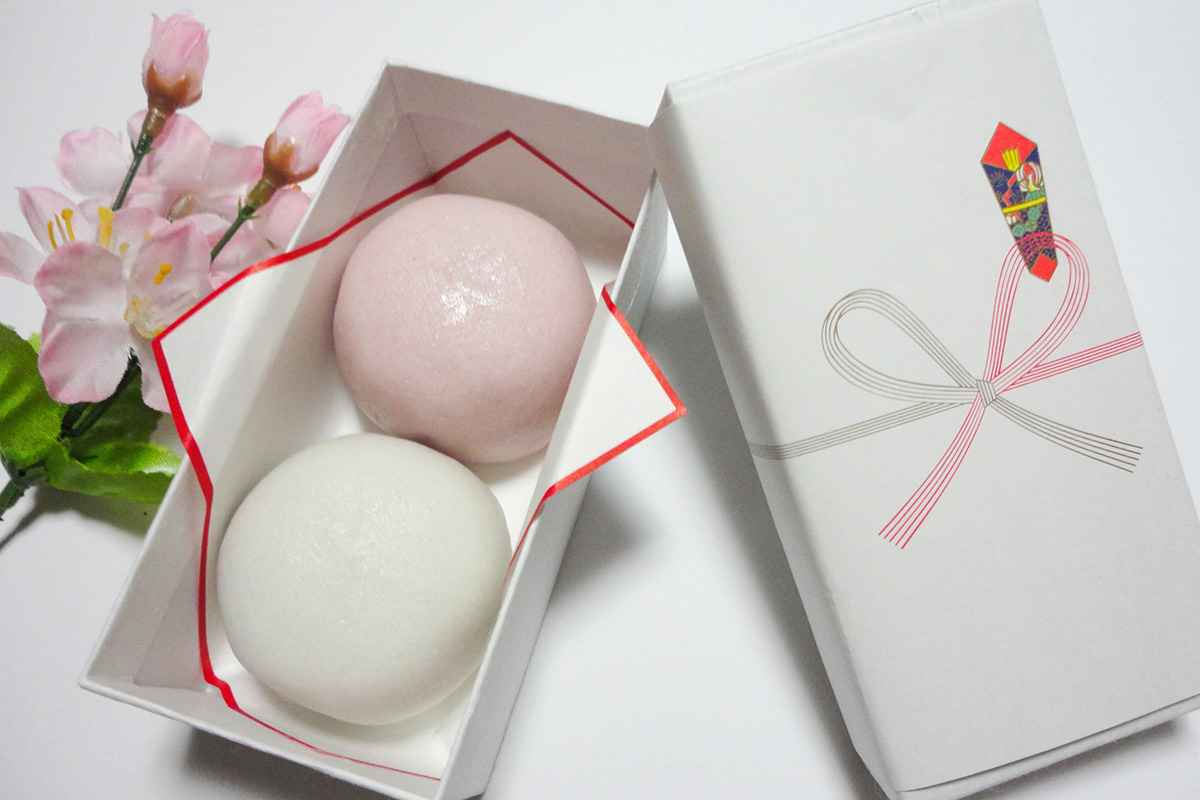
Have you ever heard of a Japanese sweet called manju?
Today I’m talking about manjuu!
About Manju(饅頭,まんじゅう)
Manju is a sweet made by kneading flour and other ingredients into a dough and steaming it.
Manju is divided into two main types. Steamed Manju or Baked Manju.
Flour used to make manju dough varies, and the flavor depends on the ingredients, such as wheat flour, rice flour, glutinous rice flour, and buckwheat flour.
The red bean paste comes in a variety of flavors, including the standard Anko (red bean paste), chestnut, yuzu, and matcha (powdered green tea).
In other words, there are as many varieties of manju as there are people to make them!
Typical types of Manju
Let me tell you about some of the classic Japanese manju.
1.Sake Manju(酒まんじゅう)
Sake manju is made by adding rice malt to wheat flour.
Sake refers to alcoholic beverages commonly consumed in Japan.
It is called Sake Manju because of its similarity to the process of making sake.
The aroma also has a slight scent of Sake.
2.Kuzu Manju(葛まんじゅう)
Kuzu manju is made by adding water and sugar to kuzu (kudzu) flour, kneading it over heat, wrapping it in Anko(red bean paste), and steaming it.
*Kuzu is a type of perennial herb used for medicinal purposes.
Kuzu Manju has a very cool appearance because the dough is transparent and the Anko is visible.
For this reason, it is often eaten in the summer.
3.Kuri Manju(栗まんじゅう)
Kuri Manju is a baked manju with a chestnut paste filling.
*Kuri means chestnut.
Honey and eggs are added to the flour dough to keep it moist.
Chestnuts are harvested in Japan in the fall, so Kuri Manju is a common sweet that can be found in the fall.
4.Onsen Manju(温泉まんじゅう)
Onsen Manju is made by using Onsen(hot spring water) for the dough or steaming it with Onsen steam.
Generally, manju sold at Onsen resorts in Japan are called onsen manju.
The color of dough varies depending on the region, such as brown or white.
Incidentally, the brown Onsen manju are made with brown sugar in the dough.
5.Fu Manju(麩まんじゅう)
Fu manju is a manju made of gluten dough, which gives it a sticky texture.
Often wrapped in bamboo or other leaves, it has a leafy aroma and a slight salty flavor.
6.Kouhaku Manju(紅白まんじゅう)
A set of red and white Manju is called “Kohaku Manju”.
Hand them out at celebrations.
In addition to the ones I have just introduced, there are various other kinds of manju such as mugwort manju, salt manju, and miso manju.
There are also “local manju” that are only available in the area.
I’ll talk about local manju in my next post!











